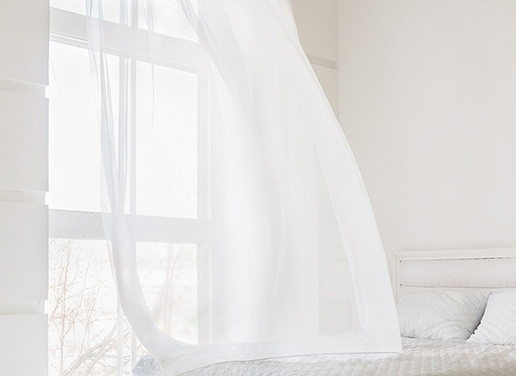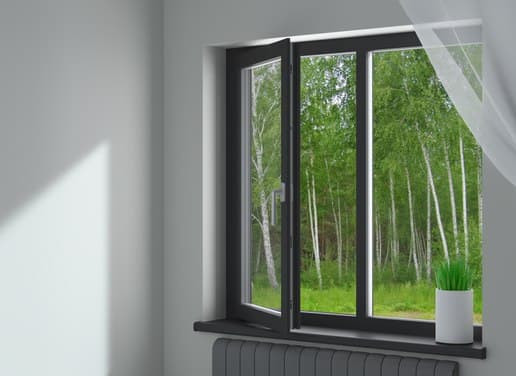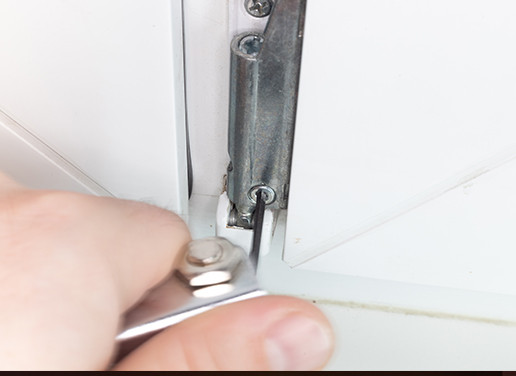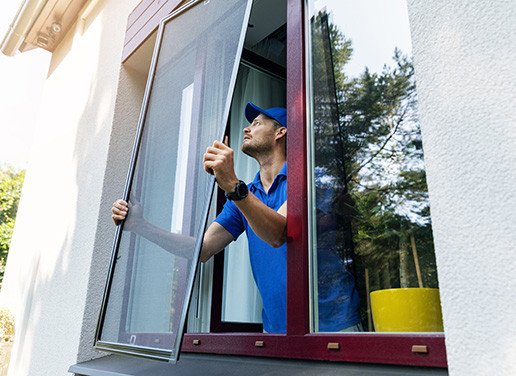Do plastic windows turn yellow?
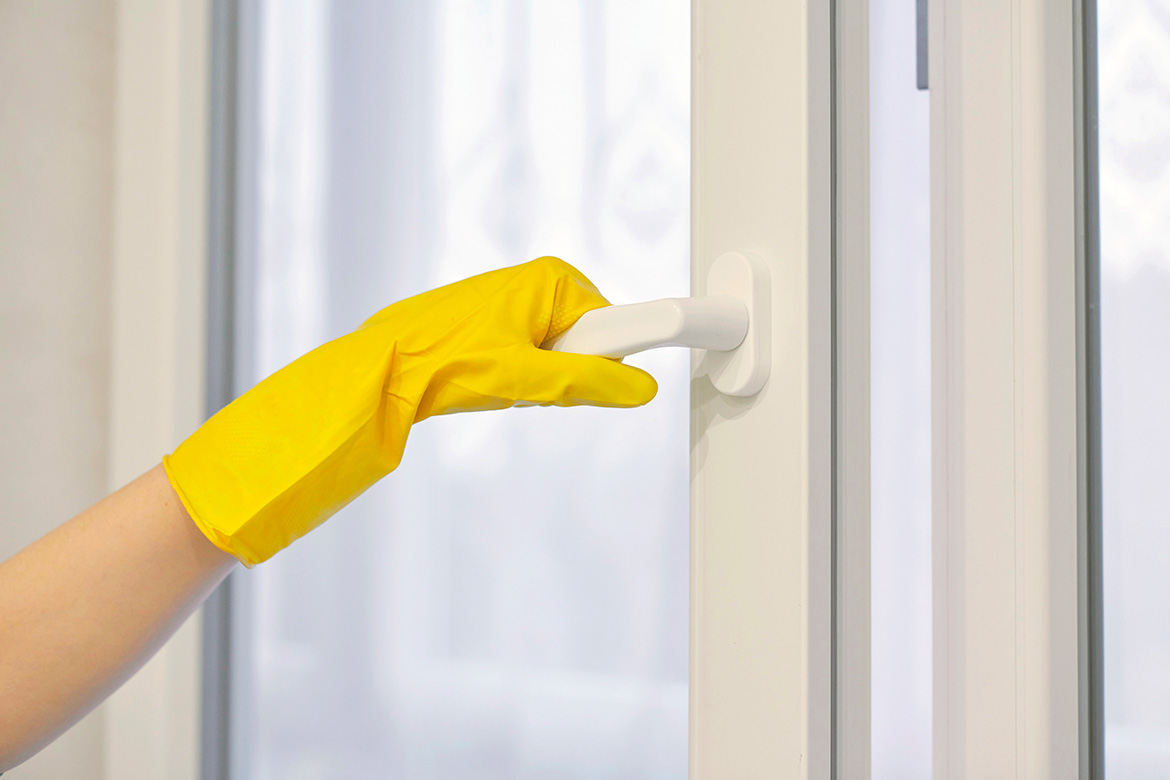
Despite the fact that laminated structures have been growing in popularity in recent years, white metal-plastic windows continue to be bought. And after buying white (admittedly — also very beautiful!) the window owner reasonably expects that the design will retain its external attractiveness as long as possible.
Alas, this does not always happen. In some cases, the new metal-plastic window becomes yellow or gray soon enough. Yes, this has been happening less and less in recent years — but the problem of yellowing plastic windows is still relevant.
In the article, we will analyze the causes of yellowing of plastic windows, and also try to figure out what to do to avoid color changes, and what to do if the structure still began to lose its whiteness.
Why is the window turning yellow
Polyvinyl chloride (PVC) with additives is used to make a plastic profile — the main material for the production of such structures. In addition to stabilizers and plasticizers, which increase the strength and resistance of PVC, pigments also belong to additives. The composition of the pigments and their quality depends on what color the profile will turn out, as well as how long this color will remain unchanged.
Getting a perfectly white profile is not an easy task. The thing is that pure PVC is dirty gray, and therefore it is not suitable for making beautiful windows. The ideal solution is to add titanium dioxide to the plastic, which will provide the polymer with a pure white color. This pigment has a high resistance, because over time the shade of the profile does not change — the windows remain as white as they were when they were installed.
Titanium dioxide has one disadvantage — a rather high price. Therefore, in order to reduce the cost of the profile, cheap varieties of profile systems are made using alternative pigments. The most affordable is chalk (calcium carbonate) — it, like titanium dioxide, is added directly to the melt, and the new window turns out to be perfectly white.
But then the problems begin:
- Calcium carbonate-based compounds are less resistant, because some of the pigment granules disintegrate, and the color may lose uniformity.
- The porous structure of chalk becomes a serious problem. The profile, in which calcium carbonate is present as a pigment, absorbs substances that are in the air of the room.
Most often, the profile turns yellow in the kitchen and on the balcony. In both cases, the reason is precisely the absorption of substances suspended in the air by chalk. For the kitchen, these are particles of fat and soot, for the balcony — street dust, nicotine and tobacco tar. The more chalk there was in the profile, and the more intense the air pollution was, the faster the profile will start to turn yellow.
Yellow profile is the result of lack of care
Changing the color of plastic (the profile turns yellow or gray) does not always occur due to the use of low-quality pigment. Sometimes the plastic just gets dirty:
- In the kitchen, a thin film of fat becomes a typical problem. It has a yellowish tint and forms very quickly — especially if you do not use a hood when cooking.
- In other rooms, the profile may turn gray due to accumulated dust. However, in some cities, a reddish or brownish tint may appear — it depends on what shade the dust in the region has.
It is worth bearing in mind here — the longer you neglect to clean the profile, the more difficult it will be to return it to its original white color. This is especially true for the kitchen — even a very thin fat film immediately begins to accumulate dust.

How to deal with yellowing of the profile
The white color of the profile is one of its aesthetic advantages, because the owners of PVC structures try to keep them in their original form as long as possible. So that the windows do not turn yellow or gray, it is worth following these recommendations:
- The problem is easier to prevent than to solve — therefore, it is not worth buying structures from the cheapest profile. PVC with the addition of chalk will turn yellow even with regular care, so you don't have to wait for a long-term preservation of a white shade from cheap windows. When buying, check with the manager what pigment is used to give the profile a white color — and choose designs whose shade is provided by titanium oxide.
Pay attention! WDS profiles are a good example. High-quality pigments with proven characteristics are used for their production. As a result, the profile remains white even after several years of operation — even in a kitchen or a balcony where people smoke.
- If you chose a high—quality window, but over time it began to lose its original white color - do not forget about leaving. Regular cleaning is better than rare general cleaning: the more persistent the contamination, the more difficult it will be to eliminate them without damaging the plastic. Also, do not use cleaning products with abrasive inclusions or solvents. The abrasive leaves scratches on the plastic, and the solvent either damages the PVC, or leaves non-removable yellow stains on the surface of the profile.
The risk that the profile will turn yellow due to the use of low-quality pigment by the manufacturer is relatively small. Today, companies are abandoning chalk and using better and more resistant pigments. But still, the probability of undesirable development is not zero — so it is worth initially choosing a high-quality profile and not neglecting regular care.
You can order a high-quality professional installation of metal-plastic windows by following the link
